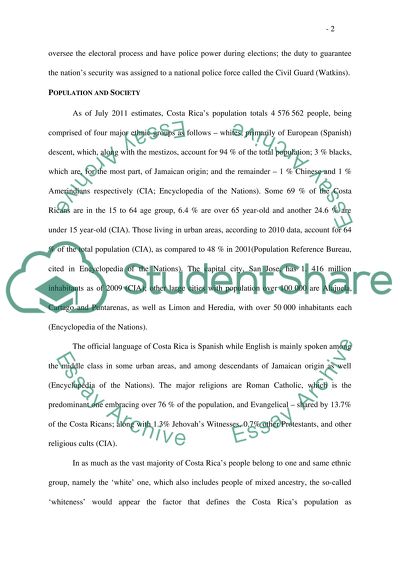Cite this document
(“The government of Costa Rica Research Paper Example | Topics and Well Written Essays - 3250 words”, n.d.)
Retrieved from https://studentshare.org/history/1394781-the-government-of-costa-rica
Retrieved from https://studentshare.org/history/1394781-the-government-of-costa-rica
(The Government of Costa Rica Research Paper Example | Topics and Well Written Essays - 3250 Words)
https://studentshare.org/history/1394781-the-government-of-costa-rica.
https://studentshare.org/history/1394781-the-government-of-costa-rica.
“The Government of Costa Rica Research Paper Example | Topics and Well Written Essays - 3250 Words”, n.d. https://studentshare.org/history/1394781-the-government-of-costa-rica.


